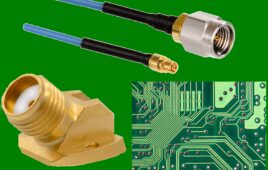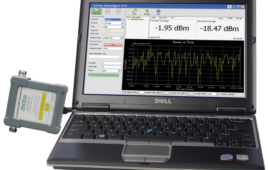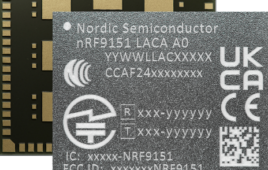Mobile operators around the world are witnessing a surge in data traffic as smartphone use increases, devices become more affordable and network capacity expands. One way in which they are responding to this data explosion is by adopting new, small-cell architectures that can better target underserved areas in developed markets, and extend services into previously unconnected remote and rural areas.
The technology developed for femtocells, the compact home base stations which have already been extensively deployed in many markets as a consumer offering, is now being adapted as a small-cell solution for outdoor metropolitan and rural deployments; an approach which is attracting keen interest from operators and vendors alike.
In a global survey carried out on behalf of iDirect by Informa Telecoms & Media, the use of small cells as a means of providing wireless or mobile access in rural and underserved areas attracted widespread support, with almost half (47%) of respondents favoring small cells in preference to 2G or 3G macrocells. Nearly 90% of survey respondents also indicated that small cells would be important for reaching the next 1 billion subscribers.
However, there is a key challenge when servicing these new small cells: the provision of backhaul. Fixed-line backhaul options, such as copper or fiber, are impractical, inflexible or too costly for use in conjunction with small cells outside of highly developed areas. As such, alternative technologies — such as microwave or satellite, both of which are widely deployed in backhaul networks — are under consideration. Microwave does run into line of sight challenges though as small cells are generally not deployed on tall towers.
Satellite technology has already proved highly adaptable for mobile backhaul purposes and continues to be a superior networking solution for mobile operators. Modern TDMA-based systems can rapidly deliver the type of cost-effective, carrier-class, two-way all-IP connectivity with shared bandwidth that is ideally suited to small-cell environments.
When coupled with satellite backhaul, the small-cell approach generated a highly positive response from the survey group with nearly 83% of mobile operators indicating that they would be interested in evaluating a cellular backhaul solution that combines the two technologies.
Moreover, the combination of satellite backhaul and small cells is an economically viable solution. Economic modeling carried out by Informa shows that, when used in conjunction with small cells, the business case for satellite backhaul is strongly favorable. Payback can be achieved in as little as two years, and total cost of ownership (TCO) is highly competitive with similar network deployments.
The development of flexible, affordable and efficient satellite backhaul is the ideal solution for a new generation of small cells. Modern satellite systems can provide an affordable bandwidth pool serving large-scale, small-cell deployments in areas that are hard to reach, with a greater degree of flexibility and ease of deployment than competing technologies, including microwave, can offer. Furthermore, the economic case for satellite backhaul reinforces its strong potential as a profitable, low-cost solution for small-cell deployments, whether in developed or developing markets
To learn more about how satellite backhaul and small cell deployments can help mobile operators affordably reach untapped markets, download the full Informa white paper at www.idirect.net/mobile. Informa will also host a Webinar to discuss the findings on May 10 at 9:00 a.m. EDT. To register for the Webinar, please visit http://www.informatandm.com/analyst-webinars.
Posted by Janine E. Mooney, Editor
May 08, 2012




